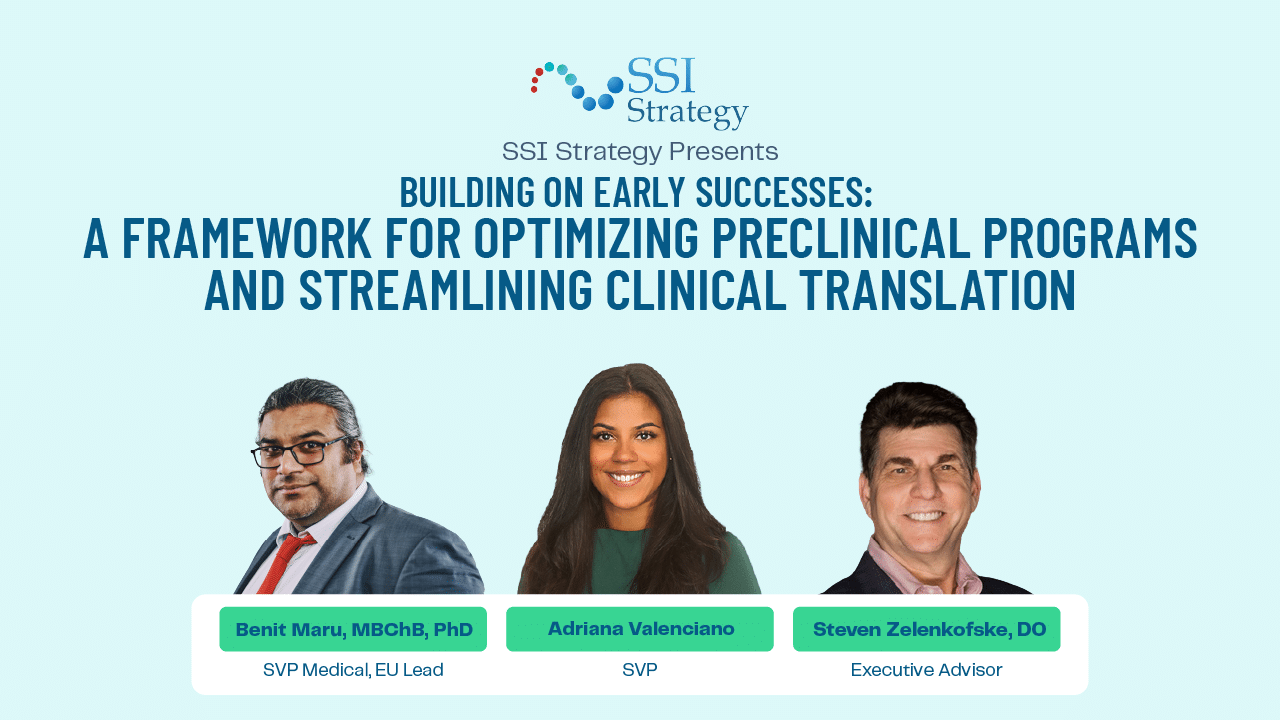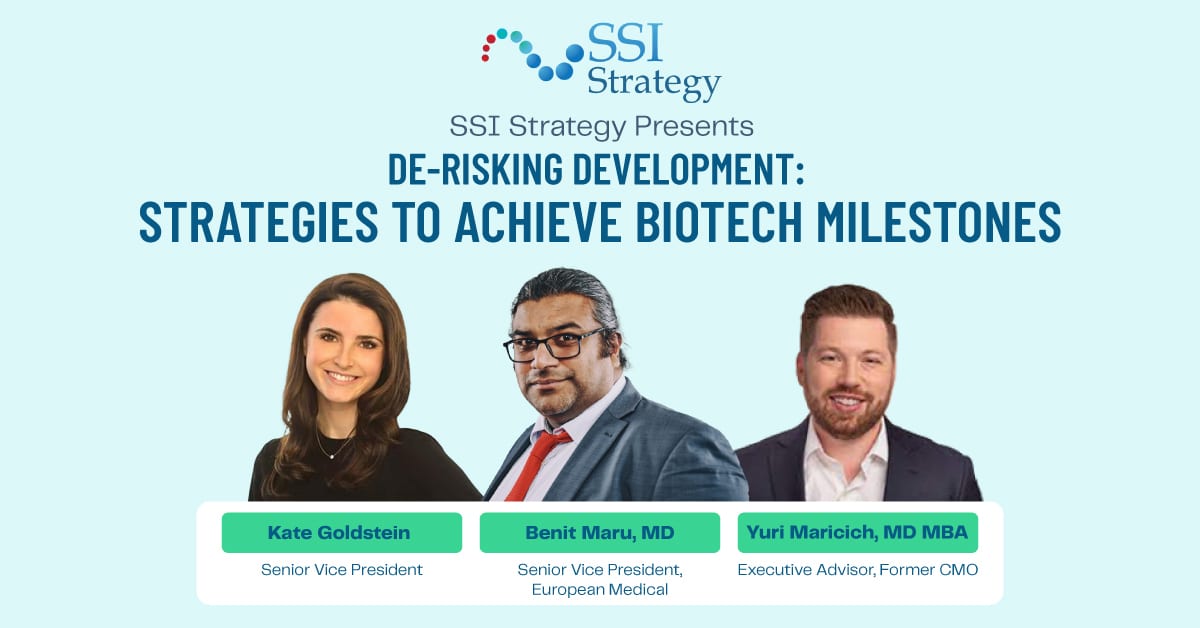What’s possible when you think about leveraging technology to drastically improve a condition that hasn’t seen innovation or adaptation to the standard of care in 30-40 years?
If your name is Scott Xiao, the answer is launching a biotech company called Luminopia where children between the ages of 4-7 years old can now overcome suppression in their visual cortex without having to wear an eye patch or utilize atrophy drops. Through virtual reality, Luminopia treats amblyopia, commonly known as lazy eye–the leading cause of vision loss in young adults. One and a half years ago, Luminopia received FDA approval and now has their sights set on serving patients outside of the U.S.
In Episode 17 of the Emerging Biotech Leader podcast, Kim, Ramin and Scott discuss how a small and mighty team of 5-6 people made it through to commercialization while addressing an unmet need and creating a new class of medicine.
On The Team’s Mantra Going Into This
Scott started off as an undergraduate at Harvard with no prior experience in biotech. By all accounts, he has now made it past several critical inflection points and Luminopia’s impact is multiplying. Scott and his team have secured partnerships with the leading pediatric Opthamologists, media companies such as Sesame Street and notable investors.
But how did all of this come to be? Scott had a close friend who experienced amblyopia and through this friend, learned that the standard of care for amblyopia is an eye patch.
“One of our mantras going into this whole endeavor was ‘we can’t take technology and go out looking for a problem to tackle.’ You’re never going to be successful with that approach. So it was more about, ‘hey, we realize that there’s an unmet need in this very prevalent condition.’ We realized that technology, specifically VR, can actually have an impact. Let’s go out there and build something to make a better treatment.”
Scott and his team knew they were onto something big when they took their initial prototype to Dr. David Hunter, the chief of Ophthalmology at Boston Children’s Hospital. “He was kind enough to take the meeting and spent a whole hour with us. And he was the one that really said, ‘Look, you’re on to something.’”
By then, Scott felt confident that his technology could enable a new modality and treatment that wasn’t previously possible. As Kim puts it: this also wasn’t a matter of taking baby steps, or making a small improvement for the condition. “This was a leapfrog effect. How did you deduce that you were ready to take this on?”
On Building A Biotech: Which Way Should You Operate
Scott is the first to admit, although this was a “simple decision”–it hasn’t been a straight path. While the benefits of Luminopia’s technology were clear given their targeted, immersive manner, there were clinical trials to be had, FDA approval to be obtained and challenges to overcome.
As you’ve heard from other guests on the podcast, Scott had many stakeholders to consider: patients, parents and the pediatric Opthamologists for starters.
To inform and help other listeners of the show planning for their own Clinical trial milestone, Ramin asked Scott to elaborate. How did he and his team obtain 23 sites and robust clinical trial data? Once again, Scott shared more on navigating a regulated space and what type of evidence was required. Be sure to listen for the answer.
As a quick easter egg: it was “easier” for the Luminopia team to run Clinical trials given the unmet need. There was also upside due to a virality quotient, also known as word of mouth, given how small the community of pediatric Opthamologists is–approximately 1200 practitioners give or take. They all wanted to bring Luminopia to their patients and referred doctors across a mix of locations throughout the U.S.
On Maintaining Hyper Efficiency
One of the key questions Scott and his team had to decide up front was which way to operate: lean, agile and moving at the speed of light like a tech company? Or, adhering to more of the thoroughness and linear approach of a healthcare company?
Luminopia did a blend of both, skewing more towards the Pharma mold of working in a step like progression but also while evaluating which areas of their business they could do differently.
“We knew that we needed to go through the same level of rigor when it came to clinical development as a traditional biopharma company, but because of the space we’re in, because our technology works, (the fact that it’s safe and doesn’t have any serious adverse effects), we could be a lot more efficient with how we ran the trial.”
In running his company with this blended approach, the advantages for the Luminopia team, or any biotech for that matter are, in Scott’s own words, “we can figure out what’s working well, what we need to tweak and then scale as we go.”



